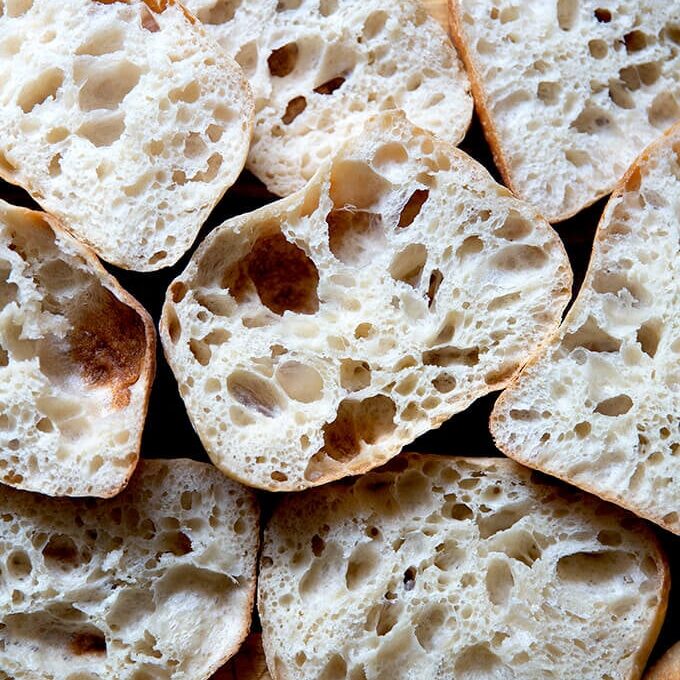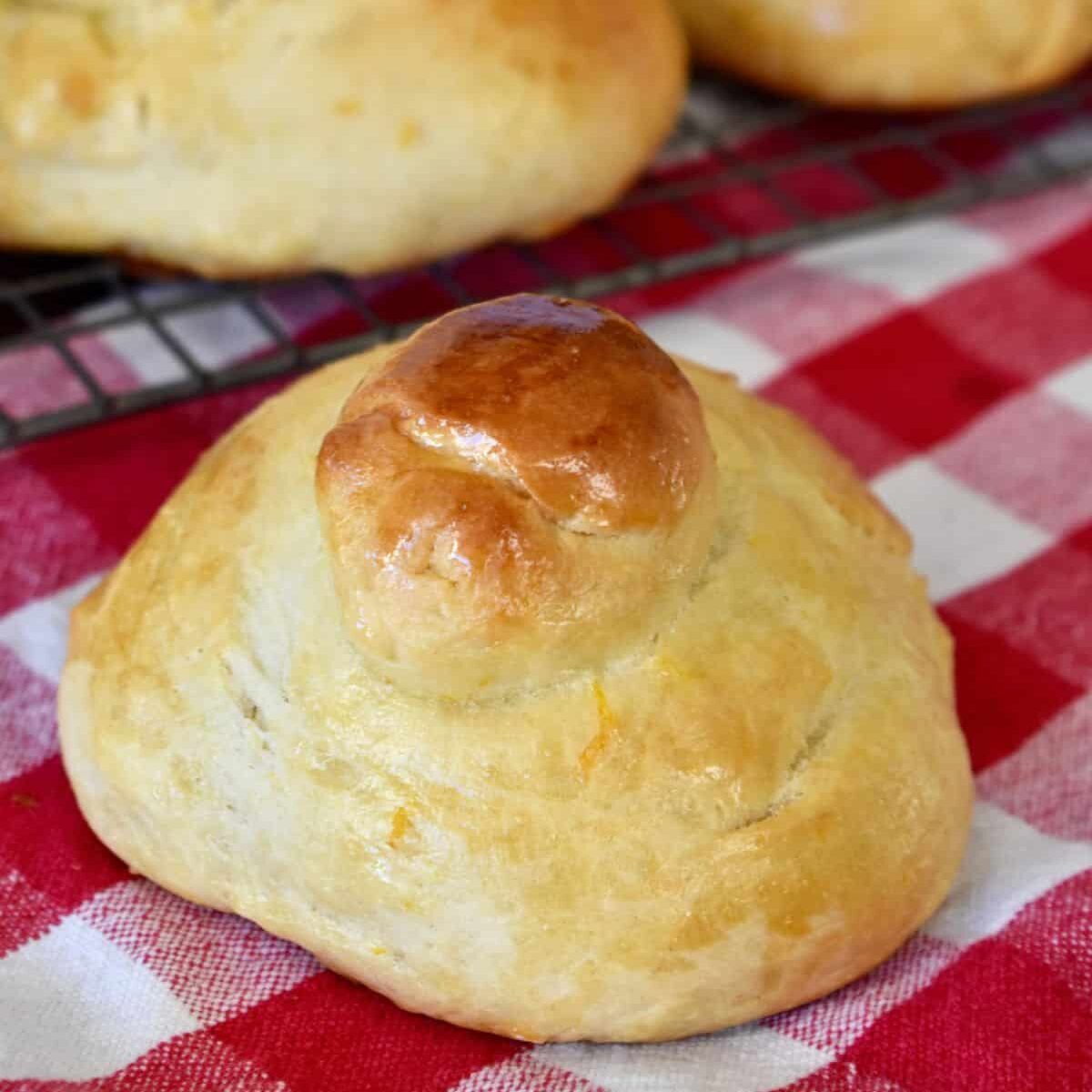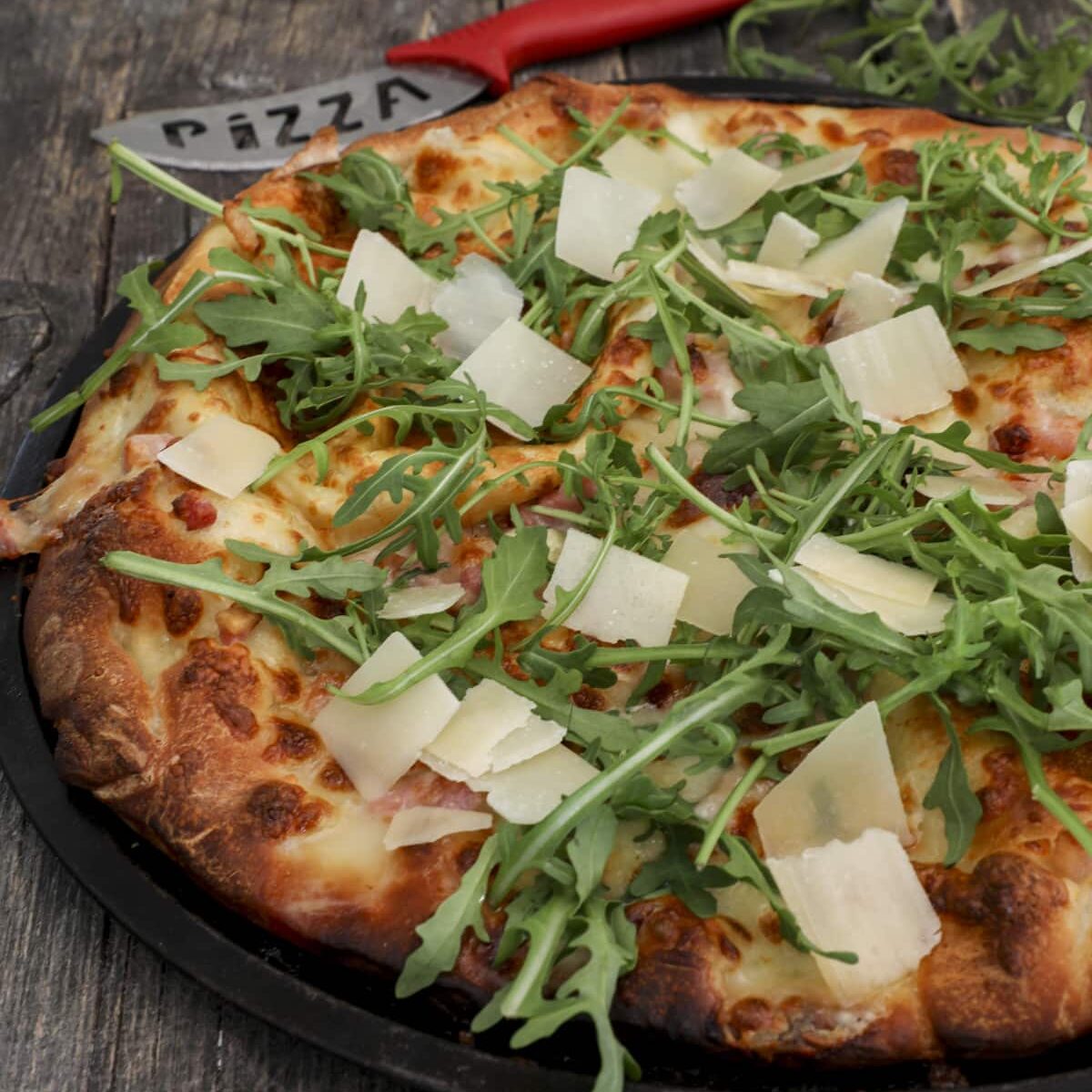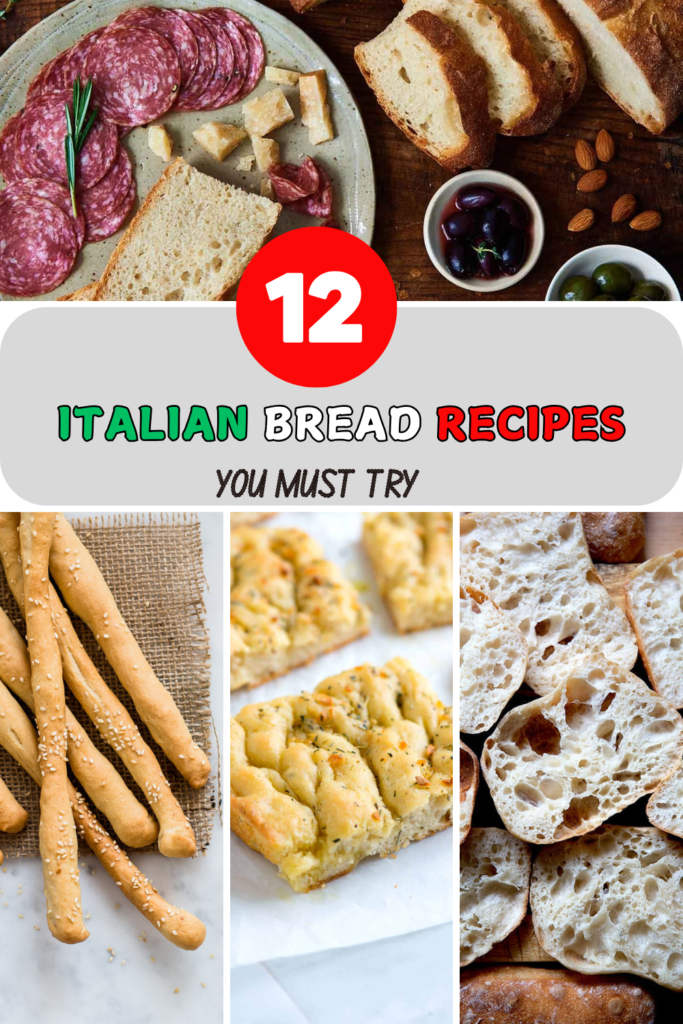Italian bread recipes are more than just food—it’s a symbol of tradition, community, and passion. From crusty loaves to soft, savory rolls, Italian breads bring warmth to the table and complement any meal.
Whether you’re an experienced baker or a beginner, these 12 Italian bread recipes will transport your senses straight to the heart of Italy.
Let’s dive into these delicious creations and discover the unique flavors of Italy’s finest breads!
🥖 12 Italian Bread Recipes You Should Bake Today:
1. Classic Cinnamon Swirl Bread

- A classic Italian bread known for its crispy crust and soft, airy interior.
- Made with a high-hydration dough, Ciabatta is perfect for making panini sandwiches or dipping into olive oil and balsamic vinegar.
- Its rustic shape and chewy texture make it a staple in Italian households.
2. Focaccia

Focaccia is a flat, oven-baked bread seasoned with olive oil, rosemary, and sea salt. It has a soft, fluffy texture with a golden crust. This versatile bread can be served as an appetizer, side dish, or sandwich base.
3. Pane Toscano

This saltless bread from Tuscany is known for its plain, mild flavor. Traditionally paired with rich soups, meats, and cheeses, Pane Toscano has a dense texture and a chewy crust, making it perfect for absorbing flavors.
4. Pane di Altamura

Made from durum wheat, this golden bread from Puglia has a thick, crunchy crust and a soft, aromatic crumb. Pane di Altamura is known for its long shelf life and pairs beautifully with cured meats and cheeses.
5. Grissini (Breadsticks)

Thin, crunchy breadsticks from Turin, Grissini are perfect as a snack or appetizer. Made with simple ingredients like flour, water, and olive oil, they can be flavored with herbs, garlic, or Parmesan.
6. Panettone

A sweet, dome-shaped bread, Panettone is traditionally enjoyed during Christmas. It’s soft, fluffy, and filled with raisins, candied fruits, and citrus zest. Best served with coffee or wine.
7. Brioche Col Tuppo

A soft, sweet Sicilian bread with a small “topknot” on top. Often served with gelato or granita, this buttery bread is a breakfast favorite in southern Italy.
8. Rosetta (Italian Rolls)

Rosetta rolls are hollow-centered, crusty rolls commonly used for sandwiches. Their distinctive shape and crunchy crust make them a beloved choice for panini.
9. Coppia Ferrarese

A twisted, crunchy bread from Ferrara, Coppia Ferrarese has a rich flavor thanks to the use of lard in the dough. Its unique shape and texture make it stand out on any table.
10. Pizza Bianca

A Roman-style flatbread that’s crispy on the outside and soft on the inside. Pizza Bianca is lightly salted and drizzled with olive oil, making it a perfect street food or sandwich base.
11. Schiacciata

A Tuscan flatbread similar to focaccia but thinner and crispier. Often topped with grapes, onions, or herbs, Schiacciata is a favorite for snacking or picnics.
12. Taralli

A crunchy, ring-shaped snack similar to breadsticks or pretzels. Taralli can be savory or sweet, flavored with fennel seeds, black pepper, or wine. Perfect for pairing with wine or cheese.
🍞 The Charm of Italian Breads: Exploring Their Unique Qualities:
The Importance of Olive Oil in Italian Bread
Olive oil is a cornerstone of Italian bread-making. It adds moisture, flavor, and a tender crumb to breads like Focaccia and Pizza Bianca.
The use of high-quality extra virgin olive oil enhances the bread’s aroma and taste, making every bite memorable.
Regional Variations Across Italy
Italian breads reflect the culinary diversity of the regions:
- From the saltless Pane Toscano of Tuscany to the hearty Pane di Altamura of Puglia, every bread tells a story of local ingredients and traditions.
- This variety makes Italian baking a rich and rewarding experience.
The Role of Fermentation
Many Italian breads, such as Ciabatta and Coppia Ferrarese, rely on long fermentation for flavor development.
Slow rising allows the dough to develop complex aromas and a perfect chewy texture, giving Italian breads their signature taste.
Bread in Italian Culture and Traditions
In Italy, bread is more than food—it’s a symbol of family and sharing. Whether it’s enjoying Panettone at Christmas or dipping Rosetta rolls into soup, bread brings people together during meals and celebrations.
Sweet vs. Savory Italian Breads
Italian breads cover a spectrum from savory to sweet. Savory classics like Grissini and Schiacciata pair well with cheeses and meats, while sweet breads like Panettone and Brioche Col Tuppo are perfect with coffee or dessert.
The Art of Baking Perfect Italian Bread at Home:
- Achieving the perfect Italian bread at home requires attention to ingredients and technique.
- Use high-protein flours, fresh yeast, and high-quality olive oil. Allow time for fermentation, and bake with steam to achieve a crispy crust and soft interior.
❓ Frequently Asked Questions About Italian Breads:
1. What is the most popular type of Italian bread?
Focaccia and Ciabatta are among the most popular Italian breads due to their versatility and rich flavor.
2. Why is Pane Toscano made without salt?
Pane Toscano is traditionally saltless because of a historical salt tax in Tuscany. This allows it to pair well with rich, savory dishes.
3. How can I store Italian bread to keep it fresh?
Store Italian bread in a paper bag at room temperature for up to two days. Freeze it for longer storage.
4. Can I make Italian bread without a bread machine?
Yes! Most Italian breads are traditionally made by hand or with minimal tools. A simple oven and mixing bowl are enough for classics like Focaccia or Ciabatta.
5. Is Italian bread healthy?
Italian breads, especially those made with whole grains and olive oil, can be part of a healthy diet. Opt for breads with minimal added sugars and preservatives.
6. What is the difference between Ciabatta and Focaccia?
Ciabatta is a rustic, airy loaf with a chewy crust, while Focaccia is a flat, soft bread rich in olive oil and often topped with herbs.
🥪 Bottom Line:
Italian bread is a celebration of flavor, tradition, and craftsmanship:
- With these 12 Italian bread recipes, you can bring the warmth of Italy to your kitchen.
- Whether you prefer savory bites like Focaccia or sweet treats like Panettone, there’s an Italian bread for every occasion.
- Start baking, savor each crumb, and share the joy with loved ones!


